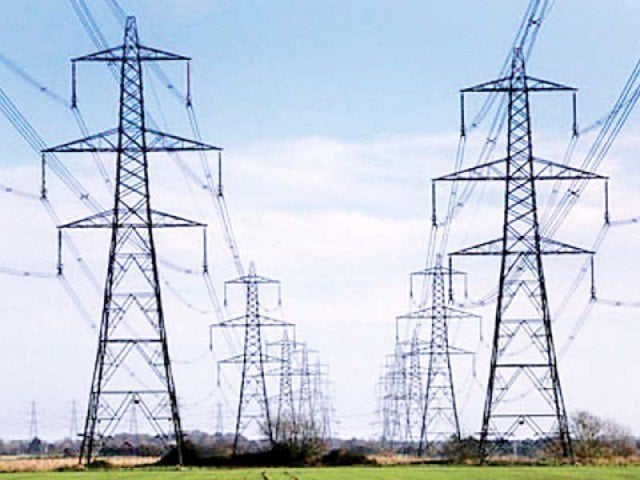
The transmission lines will connect a massive wind power corridor in Jhimpir, Thatta to the national grid station and supply power to K-Electric and other consumers in the province.
For this purpose, the provincial government has applied to the National Electric Power Regulatory Authority (Nepra) for a licence to set up the grid company. Germany-based firms have also expressed interest in establishing partnership with the Sindh government for investing in and building the power infrastructure.
“After the establishment of PGC, the first step of the company will be to construct new grids and transmission lines in Jhimpir area to resolve the long pending issue of evacuation of power,” the Sindh government stated in the application seeking the licence.
In summers: PTI govt hopes power supply across Pakistan will increase
The Keti Bandar-Gharo-Jhimpir wind corridor has the potential to generate 50,000 megawatts of electricity, “but insufficient national transmission grid capacity is severely hampering development and exploitation of this huge natural resource,” the petition stated.
The Sindh government will construct a new provincial transmission network in the wind corridor to harness the wind power potential. The proposed new network would complement the national grid capacity and provide carrier facility and wheeling service to all potential investors interested in the development of the wind corridor, it said.
“The province is already producing 1,224 megawatts from the wind power corridor,” an official at the Sindh Ministry of Energy told The Express Tribune. “However, insufficient transmission lines were not allowing proper utilisation of electricity from the corridor.”
The government of Sindh has sanctioned Rs50 million for conducting a feasibility study for the development of an initial business model and carrying out interconnection and grid studies, it said.
The lack of a viable transmission system remains one of the major obstacles in the way of electricity supply round the clock in many parts of the province and nationwide since Pakistan now has surplus power production capacity.
“German companies have expressed keen interest in laying (the) power infrastructure in the province under public-private partnership,” Sindh Energy Minister Imtiaz Ahmed Shaikh said in a statement.
German companies were part of a delegation that called on the minister, who assured them of maximum support in establishing the public-private partnership, especially in the field of power infrastructure, the statement said.
Earlier, the Sindh Transmission and Dispatch Company (STDC) laid and managed 95.5 kilometres of transmission lines from the 100-megawatt Sindh Nooriabad Power Company (Pvt) Limited (SNPCL) to K-Electric (KE). The grid company, to be set up after the expected grant of licence, would also own and manage the SNPCL-KE transmission lines, said the petition.
Amendments to Nepra Act 2018 have cleared the way for establishing the provincial grid company. Otherwise, the STDC was already performing a similar job of laying and managing transmission lines in the province.
The provincial grid company will be wholly owned by the government of Sindh and it has committed to meet its financial and operational requirements. “The minimum solvency requirements are guaranteed and assured by GoS (government of Sindh),” it said.
Published in The Express Tribune, April 25th, 2019.
Like Business on Facebook, follow @TribuneBiz on Twitter to stay informed and join in the conversation.










































COMMENTS (1)
Comments are moderated and generally will be posted if they are on-topic and not abusive.
For more information, please see our Comments FAQ